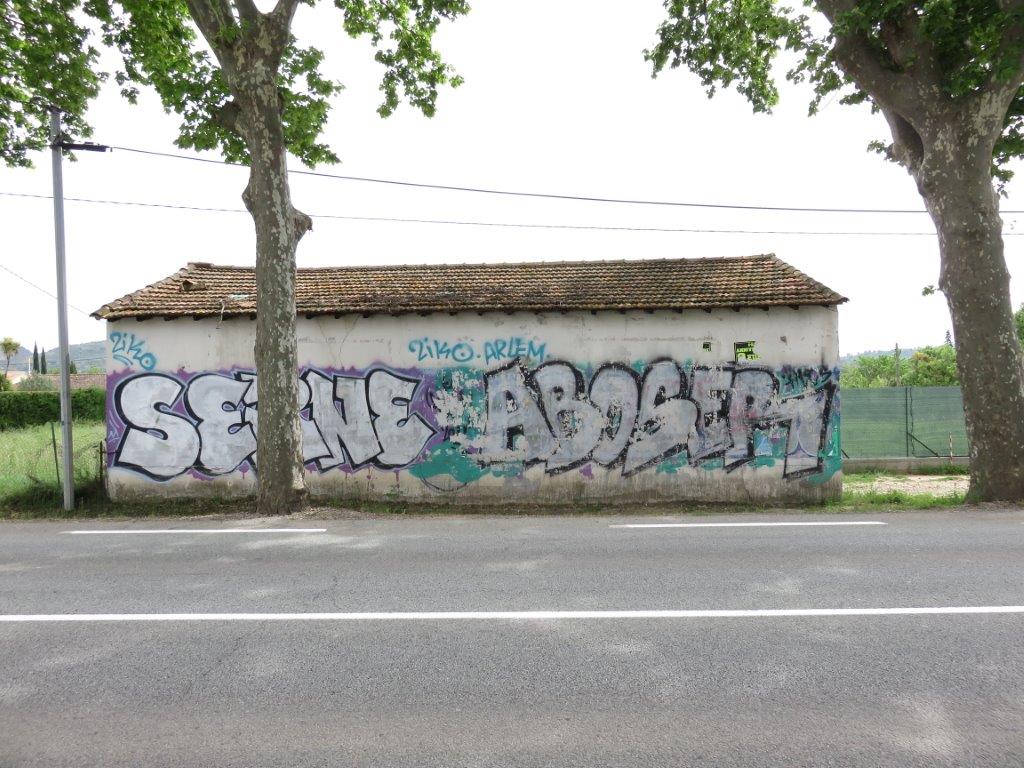
© Gaia Son

Moulins, 5 Rue Wagram (now a Samsonite store) © Gaia Son

Author : Chéret, Jules (1836-1932). Illustrator -Editor : [imp. J. Chéret] [Paris] – Format : lithography ; 130 x 94 cm

Wikipedia Commons
vintage mural ads & other signage by Frank H. Jump & friends

© Gaia Son

© Gaia Son
What is Gentian?
Gentian is tall flowering plant whose root produces a bitter product that is frequently used as a tonic and a bittering agent for the near gamut of vermouths, amari and apéros (a French aperitif). Gentian-based apéro, as we’re discussing, uses the pulverized roots of Gentiana lutea (yellow Gentian) as a primary element in bittersweet liqueurs. Gentiana lutea is a wild native of the alpine region and is found en-masse in the mountainous terrains of the Tyrol, Burgogne and Auvergne regions of Central Europe. – The Liquid Culture Project

Suze Advertisement by Roger Mayer (1959) – The Liquid Culture Project

© Gaia Son

© Gaia Son

© Gaia Son
Other Suze ads:

© Gaia Son
Byrrh is an aromatised wine-based apéritif made of red wine, mistelle, and quinine. Created in 1866, it was popular as a French apéritif. With its marketing and reputation as a “hygienic drink”, Byrrh sold well in the early 20th century. It was even exported, despite the similarity of its name to “beer”, complicating sales in English- and German-language speaking regions.
Byrrh was sold in the United States until Prohibition. As of 2012, Byrrh has been reintroduced to the United States.

© Gaia Son

© Gaia Son

© Gaia Son

© Gaia Son

© Gaia Son

© Gaia Son

Vintage Kina-Lillet poster

© Gaia Son
Lillet (French pronunciation: [li’le]) is a French aperitif wine from Podensac, a small village south of Bordeaux. It is a blend of 85% Bordeaux region wines (Semillon for the Blanc and for the Rosé, Merlot for the Rouge) and 15% macerated liqueurs handcrafted on site, mostly citrus liqueurs (peels of sweet oranges from Spain and Morocco and peels of bitter green oranges from Haiti) and Quinine liqueur made of Cinchona bark from Peru.
The mix is then stirred in oak vats until perfectly blended. During the ageing process, Lillet is handled as attentively as any great Bordeaux wine (undergoing fining, racking, filtering etc.). Lillet belongs to a family of aperitifs known as tonic wines because of the addition of Quinine liqueur.In the early part of the 1970s, Maison Lillet removed KINA from the brand name calling it simply LILLET. Kina had become a generic term used by many aperitifs to reinforce its quinine content and was no longer relevant for the times. With this modification, Maison Lillet wanted their brand to stay unique and modern vis-à-vis the other players. Lillet is the name of the Family, and therefore, became the only name of the brand.
Lillet or Lilet? All these names could be found for the same product right from the beginning and as shown by the advertising objects and posters. The Lillet brothers wanted their name to be pronounced correctly: LL being normally pronounced ye and not L. – Wikipedia

© Gaia Son

© Gaia Son

© Gaia Son
History : This is a family affair. The family of Jacqueline Chabre founded this Toulon institution in 1894. Louis Chabre in 1894 bought the Toulonnaise pharmacy, and Victor Castel in 1894 transformed it into pharmacy-drugstore. The House Castel-Chabre was born (although there was nothing left of the party Castel, the name will remain forever attached to that Chabre) Great Castel-Chabre Pharmacy even had its own analysis laboratory, and extended the pharmacy-drugstore activities to perfumery and hygiene. – The Stores of Toulon (Les Magasins de Toulon)

BUY MY BOOK
PRICE FOR ONE BOOK AND SHIPPING
& HANDLING FOR THE USA ONLY.
| M | T | W | T | F | S | S |
|---|---|---|---|---|---|---|
| 1 | 2 | 3 | 4 | 5 | 6 | 7 |
| 8 | 9 | 10 | 11 | 12 | 13 | 14 |
| 15 | 16 | 17 | 18 | 19 | 20 | 21 |
| 22 | 23 | 24 | 25 | 26 | 27 | 28 |
| 29 | 30 | |||||
© 2024 Fading Ad Blog | Powered by WordPress
A WordPress theme by Ravi Varma















